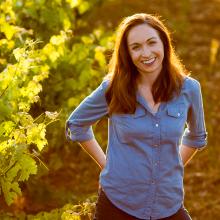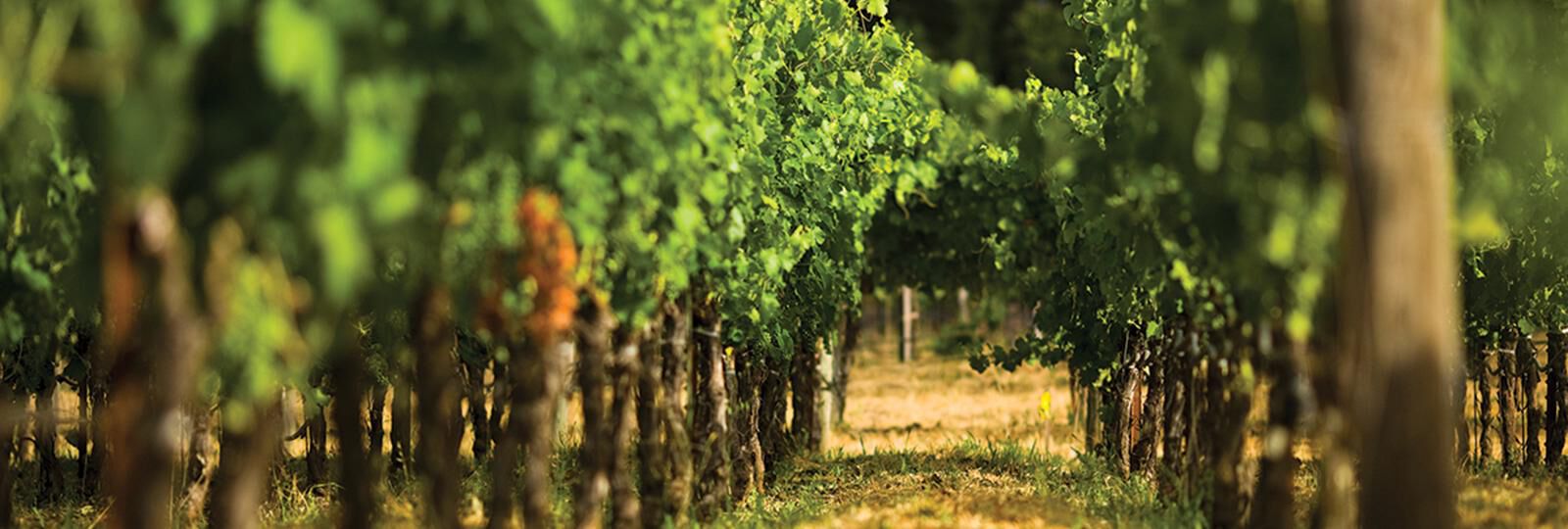THE ART AFTER THE SCIENCE
About the Author

KRISTINA SHIDELER
WINEMAKER
Our Arrowood Winemaker since 2015, Kristina is passionate about crafting distinctive Cabernet Sauvignons from Sonoma’s diverse AVAs and vineyards along the western ridges of the Mayacamas Mountains.
Category: Winemaker's Notes
I’ve been asked more than once, “After harvest is over and the wine is in barrel, what do you do for the rest of the year?” As much as I would like to say that I spend the eight months outside harvest lying on sandy beaches with a cocktail in hand, there is actually quite a bit of action during the “off-season.”
The months of March and April at Arrowood are all about blending our reds. This is one of the final and most important stages of the winemaking process. It is the creative part where, as a winemaker, I have to rely exclusively on my senses to guide decisions. Imagine that you are a painter and have a color palate with the six primary colors. The number of colors you can create by mixing these colors is infinite. On top of that, how the paint is layered and the brush stroke that is used can create many different types of textures. Keep this image in mind as you think about how wine gets blended.
The 2014 vintage has been aging in barrel for a little over a year, which is just enough time to see how the wine has evolved and the oak barrels have integrated. Although the Reserve and vineyard designate Cabernets will stay in barrel for an additional sixteen months (32 months total), I like to make blending decisions earlier so that the wine has time to marry in barrel before bottling.
Each vineyard block is barreled down into a barrel group, and kept separate during the aging process until blending decisions are made. To avoid any biases, I taste each barrel group blind so that I cannot see which vineyard each wine is coming from. I have to consider overall quality, but also what type of characteristics each wine can bring to a blend. For example, the Monte Rosso vineyard tends to give a lot of concentration and minerality while the Smothers-Remick Ridge Cabernet offers intense red fruit aromatics and bright acidity. Sellitto vineyard is defined by its fleshy fruit aromas and velvety palate while Knights Cross Cabernet is more masculine and densely structured. Understanding each of these components allows me to use each building block to create the most complete and expressive wine possible.
Winemakers create “trial blends” to play around with different percentages of each component to formulate the blend. Subtle changes of even 1% can change the blend entirely, and sometimes it takes many attempts before the final blend decision is reached. Like the artist’s pallet, these combinations are key to achieving the work of art that you have envisioned.
Once a blend is finalized, the next phase for Arrowood wines is the barrel selection process. Within the barrel group, each barrel is tracked on an individual basis and is tasted like it is its own wine. This is because each barrel influences the wine differently depending on its age (new v. seasoned), origin (French v. American forest), toasting level, barrel maker (cooper), among other factors. The Reserve Speciale barrels are the first to be selected, consisting of the best barrels of the highest quality vineyard blocks of the vintage. Eventually, every barrel is tasted and selected for a particular program. To avoid palate fatigue (and to keep the enamel on my teeth!), this process can take up to two months.
This may all sound very tedious, but it is the detail and decision around blending that gives a wine that final fingerprint. As a winemaker, it helps me to develop a deeper understanding of the vineyards that I work with and how as wines, they evolve and interact. Blending is an art of the senses, and finding the harmony amongst the vineyards is what passionate winemaking is all about.
--Kristina (Werner) Shideler, Winemaker
